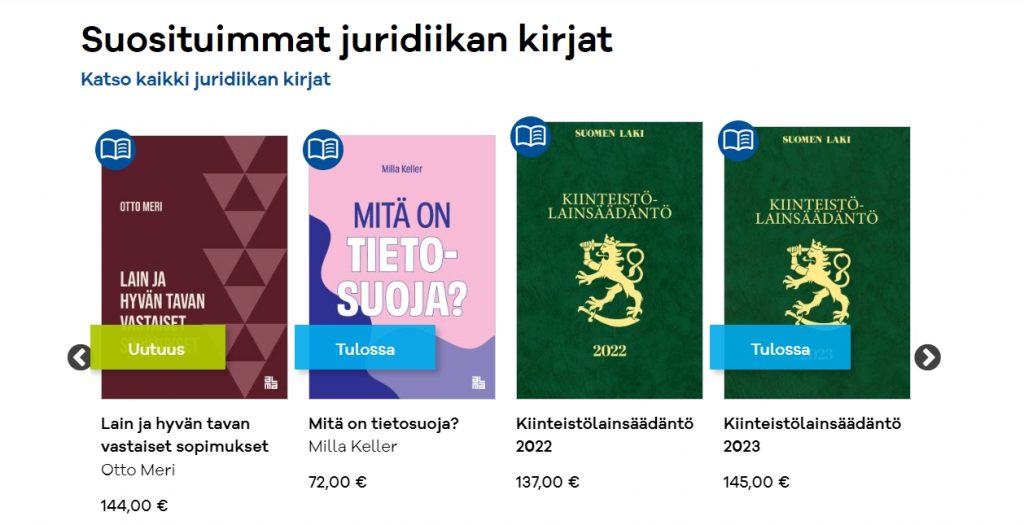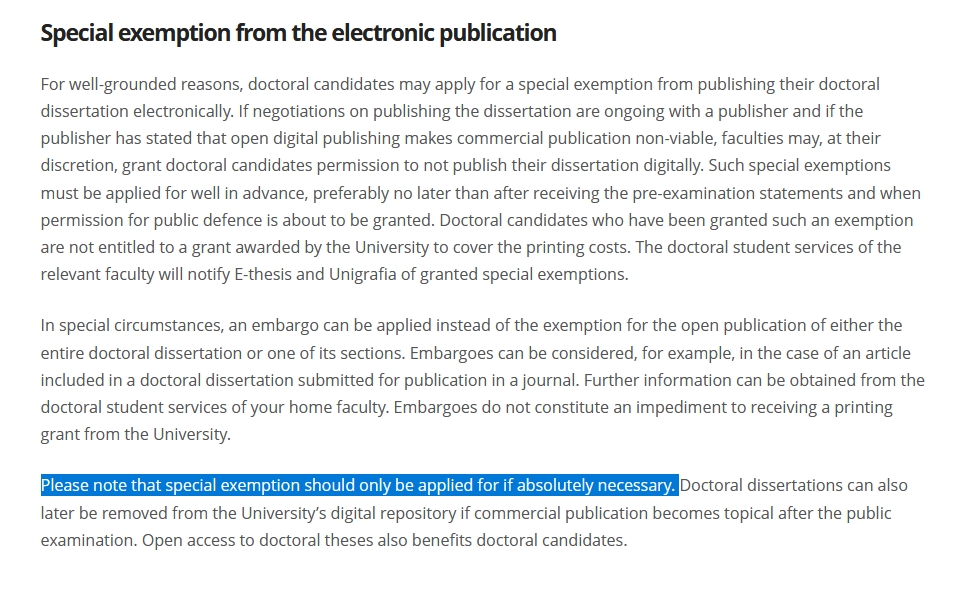Below you can find the list of journals that publish the large majority of traffic safety articles. Depending on your topic, you can submit your papers also to more general journals or those which focus on very different fields of science. For example, many studies about driver fatigue/sleepiness have been published in Journal of Sleep Research, and Sleep. Ergonomics and Human Factors could also be relevant journals in some cases.
Please note that the below list includes several university-based journals. They are all open access without publishing fees. This is great so you might consider submitting your papers to such journals. The only problem with these journals is that their editorial boards might not be as diverse as we would expect in 2023 – but that’s something that can be (easily) changed.
Accident Analysis & Prevention (AAP)
Publisher: Elsevier
Years: 1969->
Editor in chief: Helai Huang, PhD, Central South University, Changsha, China
Open access: Hybrid
IF (if you care): 6.376
My (very personal) comments and observations: The most prestigious traffic safety journal. Previous EiCs include big names such as Frank A. Haight and Rune Elvik. Please note that the journal publishes papers dealing with accidental injury. That means that road suicide studies will be immediately desk rejected – as I have unfortunately learned. The history of the journal can be found in the article published in 2020. Acceptance rate: 13%. Personally, I believe the previous EiC had published too many research articles during his editorship. Here you can find our systematic review about self-publishing.
Active Travel Studies
Publisher: the University of Westminster
Years: 2020->
Editor in chief: Tom Cohen, Active Travel Academy, University of Westminster, UK
Open access: Yes. All fees are paid for by the University of Westminster.
IF (if you care):
My (very personal) comments and observations: University-based journal. Run by people from the the Active Travel Academy at the University of Westminster. I had a very bad experience with the journal and with the Active Travel Academy’s Media Awards run by the same people.
IATSS Research
Publisher: Elsevier
Years: 1977->
Editor in chief: S. Kamijo, The University of Tokyo Institute of Industrial Science, Tokyo, Japan
Open access: Hybrid
IF (if you care): ?
My (very personal) comments and observations: The official Journal of the International Association of Traffic and Safety Sciences. I was one of associate editors from 2015 to 2023. Large and diverse editorial board. Not a major journal, but don’t think you will easily publish there. Welcomes traffic safety papers.
Injury Prevention (IP)
Publisher: BMJ
Years: 1995->
Editor in chief: Caroline Finch, Deputy Vice-Chancellor of Research and Vice-President at Edith Cowan University in Australia
Open access: Hybrid; open access for 3,090 GBP.
IF (if you care): 3.775
My (very personal) comments and observations: The journal is famous for banning “accidents” in 2001. My colleague and coauthor Barry Pless was the coauthor of that editorial as well as the founding Editor-in-Chief. Acceptance rate: 33%.
International Journal of Injury Control and Safety Promotion (ICSP)
Publisher: Taylor & Francis
Years: 1994->
Editor in chief: Geetam Tiwari, Transport Research and Injury Prevention Programme, Indian Institute of Technology, New Delhi India, and Shrikant Bangdiwala, Professor, Department of Health Research Methods, Evidence, and Impact Director, Statistics Department, Population Health Research Institute McMaster University, Hamilton, Ontario, Canada
Open access: Hybrid
IF (if you care): 2.603
My (very personal) comments and observations: Formerly known as Injury Control and Safety Promotion (2000 – 2004) and International Journal for Consumer and Product Safety (1994 – 1999). I had bad experiences with this journal, but cannot remember anymore what happened:) “ICSP encompasses all causes of fatal and non-fatal injury, including injuries related to…transport…” Acceptance rate: 17%.
Journal of Cycling and Micromobility Research
Publisher: Elsevier
Years: 2023->
Co Editors in chief: Prof. Dr. Eva Heinen, PhD., TU Dortmund University, Dortmund, Germany and Professor Jeppe Rich, PhD, Technical University of Denmark, Kgs Lyngby, Denmark
Open access: Hybrid; Open access publishing fee: $1800
IF (if you care):
My (very personal) comments and observations: New Elsevier journal. I am very concerned about the way editors will treat papers that do not align with their attitudes and values. One of the co editors-in-chief wrote in their inaugural editorial: “However, in my career as a transport modeler, the smaller projects have most of the time been the better ones. My mission with this journal is to pass this message to those who decide, and to initiate an evidence-based bottom-up process for our infrastructure.”
Journal of Public Transportation
Publisher: Elsevier
Years: 1996->
Editor in chief: Robert Bertini, Ph.D., Oregon State University, Corvallis, Oregon, United States of America
Open access: Open access; publishing fee: $1790
IF (if you care): 37.667 (this is obviously a mistake)
My (very personal) comments and observations: Don’t know anything about this journal. I assume they welcome traffic safety articles dealing with public transportation. The journal operates a single-blind review process.
Journal of Road Safety (JRS)
Publisher: Australasian College of Road Safety (ACRS)
Years: 2005->
Editor in chief: Prof Raphael Grzebieta, Univeristy of New South Wales, and Dr Marilyn Johnson – Victoria, Australia, Australasian College of Road Safety, Senior Researcher, Monash University
Open access: The journal is published as open access. Papers are published free of charge.
IF (if you care): ?
My (very personal) comments and observations: “The JRS accepts papers from all countries and regions around the world and publishes a diverse range of high-quality papers on road safety from researchers, policymakers, program implementers, and other road safety experts.”
Journal of Safety Research (JSR)
Publisher: Elsevier
Years: 1982->
Editor in chief: T. Planek, National Safety Council, Itasca, Illinois, USA
Open access: Hybrid
IF (if you care): 4.264
My (very personal) comments and observations: I had bad experiences with this journal. Feels like it is run by a very closed community. The journal uses double-blind peer-review.
Journal of Transport and Health (JTH)
Publisher: Elsevier
Years: 2014->
Editor in chief: Charles B.A. Musselwhite, PhD, PGCert (Distinction), Bsc (Hons) Aberystwyth University, Department of Psychology, Ceredigion, United Kingdom
Open access: Hybrid
IF (if you care): 3.613
My (very personal) comments and observations: Mixed feelings about this journal. I’ve published there, but also had very bad experiences. The journal uses double-blind peer-review. Please note the following: “There are many journals that focus on transport crashes and injuries, any unintentional injuries, and engineering; we do not wish to duplicate these. We are therefore restricting the scope of our journal to those that are more public health-focused, are more cross-disciplinary, and do not have an engineering or laboratory basis.” Acceptance rate: 21%.
Safety
Publisher: MDPI
Years: 2015->
Editor in chief: Prof. Dr. Raphael Grzebieta, Transport and Road Safety (TARS), University of New South Wales
Open access: Open access; publishing fee: 1600 CHF (Swiss Francs)
IF (if you care): pending
My (very personal) comments and observations: EiC and editorial board are good, but I mean it is a MDPI journal, what can I say. It has 17 pending special issues.
Safety Science (SS)
Publisher: Elsevier
Years: 1991->
Editor in chief: Georgios Boustras, BEng(Hons), MSc, PhD, European University Cyprus, Nicosia, 1516, Lefkosia, Cyprus
Open access: Hybrid
IF (if you care): 6.392
My (very personal) comments and observations: I had bad experiences with this journal. The EiC also extensively (exclusively) publishes in own journal. The journal uses double-blind peer-review, but that does not help much regarding EiC’s submissions because an AE will know who submits the paper and they can choose to invite more favorable reviewers in such cases. Something about the future of the journal can be found in the article published in 2022.
Traffic Injury Prevention (TIP)
Publisher: Taylor & Francis
Years: 1991->
Editor in chief: David C. Viano, ProBiomechanics LLC, Bloomfield Hills, MI, USA
Open access: Hybrid
IF (if you care): 2.183
My (very personal) comments and observations: I had good experiences with this journal including editors and reviewers. Peer-review process is relatively fast, the EiC is a reasonable man. However, it seems the EiC also extensively publishes in own journal. This is the third journal (AAP and SS) with such a practice – very difficult for me to understand why is this happening.
Transactions on Transport Sciences
Publisher: Department of Psychology, Faculty of Arts, Palacky University Olomouc, Czech Republic
Years: 2008->
Editor in chief: Ralf Risser, Factum, Austria, and Karel Pospíšil, Transport Research Centre, Czech Republic
Open access: The journal is published as open access. Papers are published free of charge.
IF (if you care): ?
My (very personal) comments and observations: Journal is co-financed by Palacky University in Olomouc institutional support, provided by Ministry of Education, Czech Republic. Good and diverse editorial board (Brazil, Ghana, Israel, Japan etc) including David Shinar (Ben-Gurion University of the Negev, Israel). I don’t have experience with this journal although it is already 15 years old. “The editors require authors, reviewers and editorial board members to disclose potential conflicts of interest.” Rejection rate 79% (14.9.2023).
Transportation Research Interdisciplinary Perspectives (TRIP)
Publisher: Elsevier
Years: 2019->
Editor in chief: Karl Kim, PhD, University of Hawai’i at Mānoa, Honolulu, Hawaii, United States of America
Open access: Open access; publishing fee: $1330
IF (if you care): ?
My (very personal) comments and observations: If your paper gets rejected in traditional Elsevier journals (AAP, JSR, SS, TRF) then pay and publish here;-) On the other hand, the journals is open to all kind of submissions so you might consider it if your article does not fit to journals with limited focus. Kim is former AAP co-editor-chief.
Transportation Research Part F: Traffic Psychology and Behaviour (TRF)
Publisher: Elsevier
Years: 1998->
Editor in chief: Samuel G. Charlton, The University of Waikato, Hamilton, New Zealand
Open access: Hybrid
IF (if you care): 4.349
My (very personal) comments and observations: The main (and only) traffic psychology journal. Previous EiCs include big names such as its founding editors John A Groeger and Talib Rothengatter. Good Editorial Board (includes me!); however, in my view it should be more diverse. I would dare to say that the journal is open to all kind of transport related submission, even those that lack a psychological approach.
Traffic Safety Research (TSR)
Publisher: Technology and Society, Faculty of Engineering, LTH, Lund University
Years: 2021->
Editor in chief: Aliaksei Laureshyn, Department of Technology & Society, Faculty of Engineering, LTH, Lund University, Sweden
Open access: The journal is published as open access. Papers are published free of charge.
IF (if you care): ?
My (very personal) comments and observations: “Jointly founded in 2021 by researchers from Lund University (Sweden), Delft University of Technology (the Netherlands) and the International Co-operation on Theories and Concepts in Traffic safety (ICTCT) association.” Rune Elvik published three papers in 2022 in this journal. The editor-in-chief and several editorial board members have (had?) major roles in both the journal and ICTCT.





